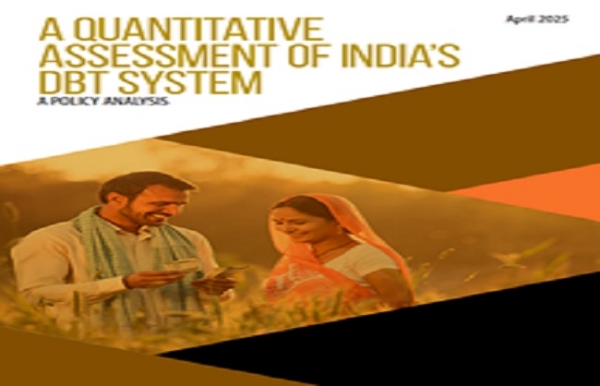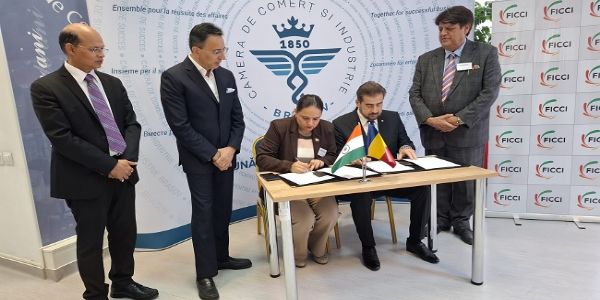
New Delhi, April 21 (H.S): India’s Direct Benefit Transfer (DBT) system has helped the country achieve a cumulative saving of ₹3.48 lakh crore by preventing leakages in welfare distribution. A report also found that since the implementation of DBT, the share of subsidy allocation in total government expenditure has decreased from 16 percent to 9 percent, indicating a significant improvement in public expenditure efficiency.
The Finance Ministry, in a statement released on Monday, stated that according to a new quantitative assessment by Bluecraft Digital Foundation, this evaluation examines the impact of DBT on budget efficiency, subsidy rationalization, and social outcomes using data from 2009 to 2024. India’s DBT system, launched in 2013, has reshaped the country’s welfare programs, setting global standards for efficiency and inclusiveness.
According to the ministry, this indicates that the shift from paper-based distribution to direct digital transfer has ensured that public resources reach the intended beneficiaries. One of the key features of DBT is the use of the JAM Trinity, which refers to Jan-Dhan bank accounts, Aadhaar unique identification numbers, and mobile phones. This framework has enabled large-scale targeted and transparent transfers.
Direct Benefit Transfer (DBT) system in India is a significant step in promoting efficiency in welfare programs. This system utilizes Aadhaar cards and bank accounts to deliver benefits directly to beneficiaries, thereby increasing transparency and accountability by eliminating intermediaries.
Hindusthan Samachar / Jun Sarkar








